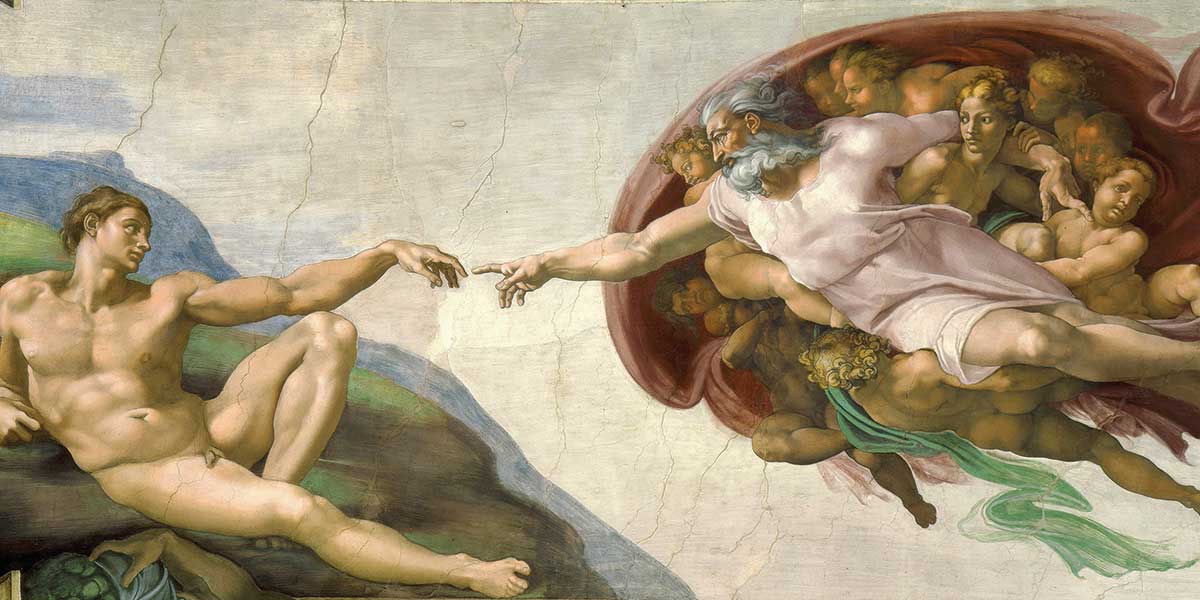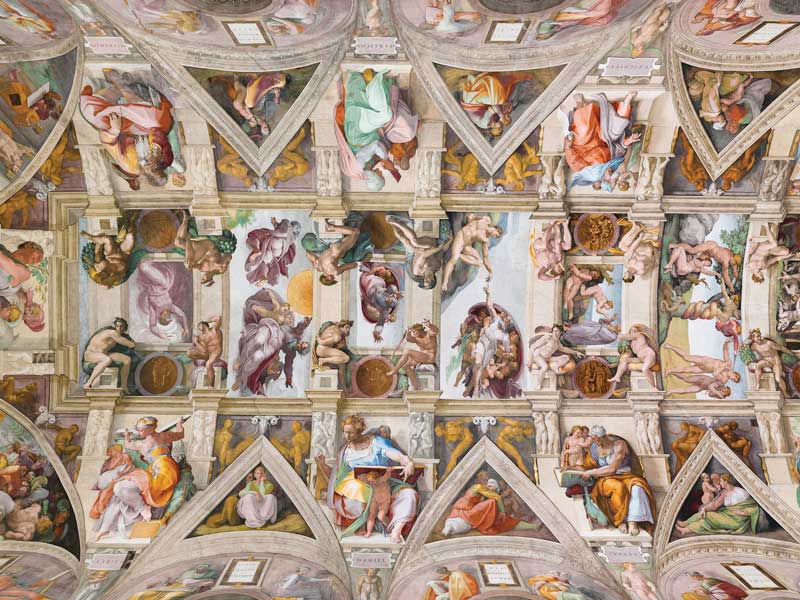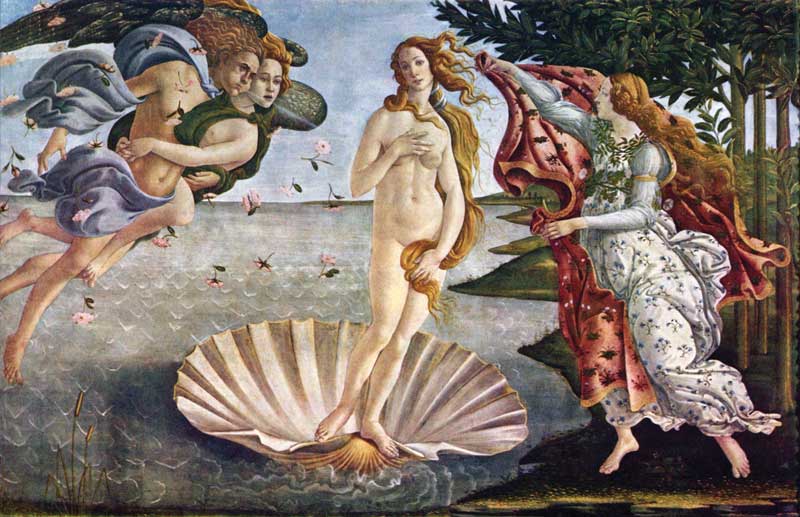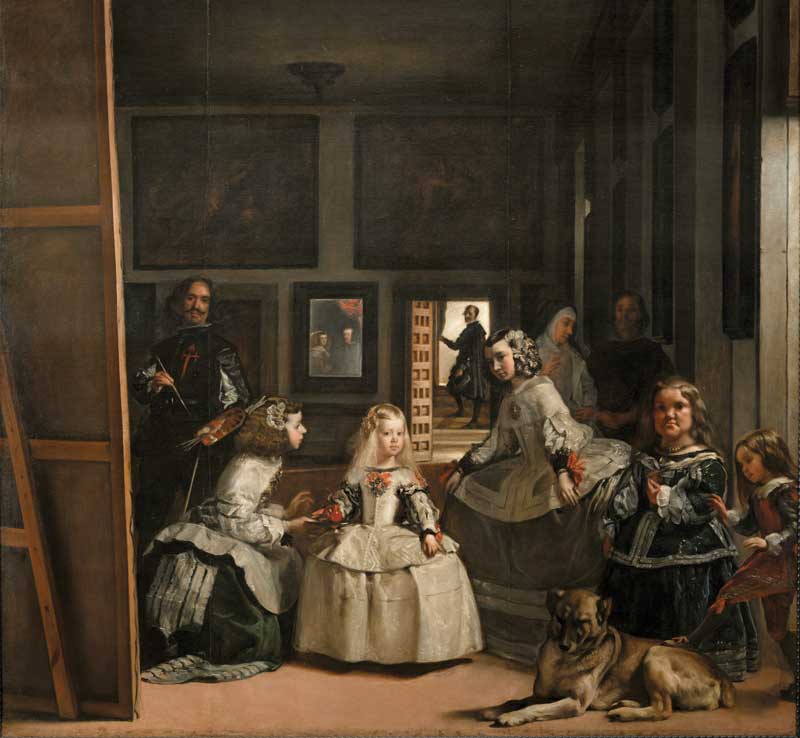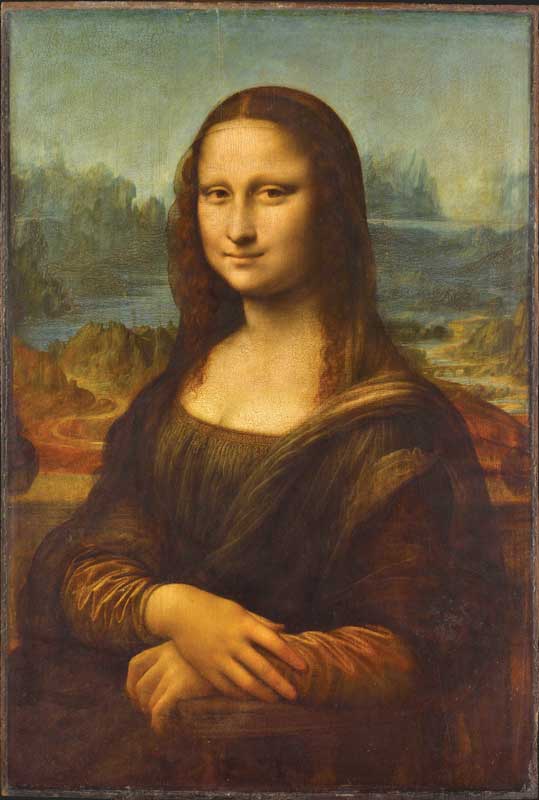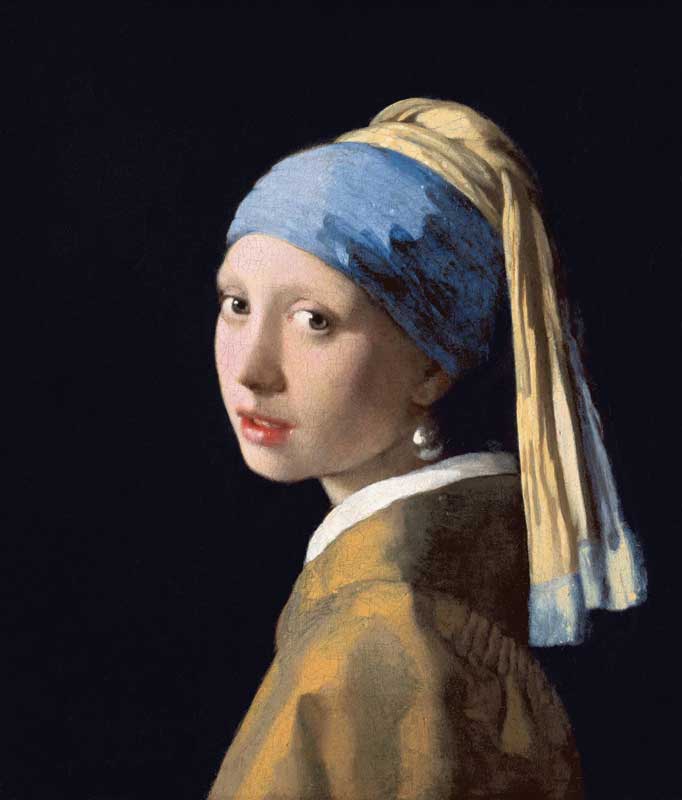Art is considered a reflection of human culture; a universal language understandable to all by appealing to our emotions and senses. At Amura Yahct & Lifestyle, we have complied a list of five must-see arworks in five galleries that you should visit at least once.
Every child is an artist. The problem is how to remain an artist when he/she grows up.
Pablo Picasso
Vatican Museums and The Creation of Adam
The Vatican Museums are a collection of rooms and galleries displaying works “of great artistic value” belonging to the Catholic Church. These are organized in a series of 22 separate collec-tions; the Sistine Chapel is the jewel in the crown, named after Pope Sixtus IV della Rovere, who had the ancient Magna Chapel rebuilt between 1477-1480.
In its vault is The Creation of Adam, considered by experts to be one of the most iconic works in the history of European art, although it is placed next to The Creation of Eve and The Separation of the Earth from the Waters on the ceiling of the Chapel.
The Creation of Adam was painted by Michelangelo Buonarroti in 1511, a time when scenes about creation were a common topic; however, it broke the established boundaries. Viewed it from the front, Adam appears on the left, lying on a green hill, and God appears on the right, surrounded by a purple robe, cherubs, and a woman. It is a representation of the biblical episode of Genesis.
Uffizi Gallery and The birth of Venus
Considered one of the largest museums in the world, its construction dates back to 1560, when Giorgio Vasari was commissioned to create a building to house administrative and judicial offices (Uffizi).
Today, the museum has an artistic heritage of thousands of paintings, sculptures, and tapestries from the Middle Ages to the present day. It is also contains an incredible collection of self-portraits, which has grown over time thanks to acquisitions and donations from contemporary artists.
Inside, since 1815, hangs The birth of Venus painted by Sandro Botticelli in 1484-1485 at the height of the Renaissance. Measuring 1.80 m high and 2.75 ling respectively, it was the first painting on canvas painted in Tuscania, Italy. As for its significance, it is said that Lorenzo Pierfrancesco de Medici commissioned Botticelli to paint something depicting the creation story of a female deity; her equivalent of the Egyptian goddess Isis.
According to the myth on which the painting is based: Chronus, the god of time, tore off the genitals of his father, Uranus, fertilizing the sea. The result of the friction of the foam produces the birth of Venus, who is carried by the wind on a shell to the shore of the island of Cyprus.
Prado Museum and The Family of Philip IV (Las Meninas)
In 2019, the museum celebrated 200 years of history, consolidating itself as one of the main tourist attractions in Madrid, Spain, thanks to its famous collection of more than 8,600 paintings and 700 sculptures from the Spanigh, Italian and Flemish schools.
Francisco de Goya’s The Third of May, 1808, is one of the most visited paintings, considering that the museum has the most complete collection of Spanish art in the world, with works dating back to the 11th century.
However, it is Diego de Velázquez’s painting, Las Meninas (1656), one of the most analyzed in the art world. As usual for the painter, the painting – more than 3 meters high and 2.7 meters wide – was not signed andnor was it necessary on this occasion.
It was commissioned by Philip IV and was a kind of secret that no one talked about it until 1696, when the Portuguese writer and painter Felix da Costa described it in his book Antiguedade da arte da pintura and his comments were controversial by mentioning that it was not a portrait of the child and Empress Margarita, daughter of Felipe, but “a self-portrait of Velázquez”.
It was the painter and theorist Antonio Palomino, who, in 1724, identified the characters in the painting: the Infanta Margarita Maria and her meninas, Doña Maria Agustina Samiento and Doña Isabel de Velasco; the aids Nicolasito Pertusato and Mari Barbola; the mistress of the queen’s ladies, Macela de Ulloa; and Velázquez himself, who appears working in front of a large canvas.
Louvre Museum and La Joconde (Mona Lisa)
The Louvre is the most visited art museum in the world and the most important in France. Inside, it houses more than 470,000 artworks; 7,000 are paintings.
It was inaugurated as the first museum in history to display to the public the private collections of the aristocracy and the monarchy. Built in the 12th century and the residence of several monarchs, including Louis XIV, it has undergone many changes over the years and was finally dedicated to culture after the liberation of France during the Second World War, when the works of art and artifacts that the administration had hidden in various places after the Nazi occupation were returned.
At present, it has a section devoted to the history of the museum itself and 21 rooms dedicated exclusively to Italian and Spanish painting of the 16th and 17th centuries. It is also divided into sections: Islamic art, Oriental antiquities, Egyptian, Etruscan and Roman antiquities, as well as paintings, sculptures, drawings and engravings from ancient civilizations and the Middle Ages up to 1850.
According to figures collected by the Louvre Museum in 2019, there is a painting that, daily, receives more than 20 thousand visits: La Gioconda (Mona Lisa) by Leonardo Da Vinci, which became part of the collection of the precinct in 1797.
Historians affirm that it is the mysteries behind the painting – only 77 x 53 cm – that attract the public. There are different theories about it; the most popular one says that in the XVI century, Leonardo Da Vinci was a nobleman living in Florence when he met Francesco del Giocondo who, after being widowed twice, married again in 1495 to a young woman named Lisa.
Mauritshuis and The Girl with a Pearl Earring
Unlike other cultural precincts mentioned above, The Hague's small Mauritshuis museum, located in the royal mansion, is a fine example of 17th century Dutch classical architecture and one of the world's four most important examples of Golden Age painting in the Netherlands.
Built between 1636 and 1644, when Count Johan Maurits van Nassau-Siegen was governor of the Dutch colony in Brazil; it was acquired by the Dutch state in 1820 to house the royal collection of paintings and was converted into a museum two years later.
From 2012 to 2014, the building went through a series of renovation and expansion works, so that, its most famous painting, The Girl with a Pearl Earring (1665) by Johannes Vermeer, traveled to be exhibited by museums around the world.
Today, most of its visitors (60%) are foreigners, mainly from Japan, the United States, the United Kingdom, France, Spain and Italy. Due to the great mystery that hides the painting, it is considered by experts, the 'Mona Lisa' of Northern Europe, being the position of the portrait and the pearl pendant the most outstanding of the whole work.
It is said that the model, whose name was not recorded, was a young maiden whose "exotic" dress refers to the commercial exchange with the Orient in the 17th century.
Text: ± Photo: UFM EDU, WPT, Historia del Arte

